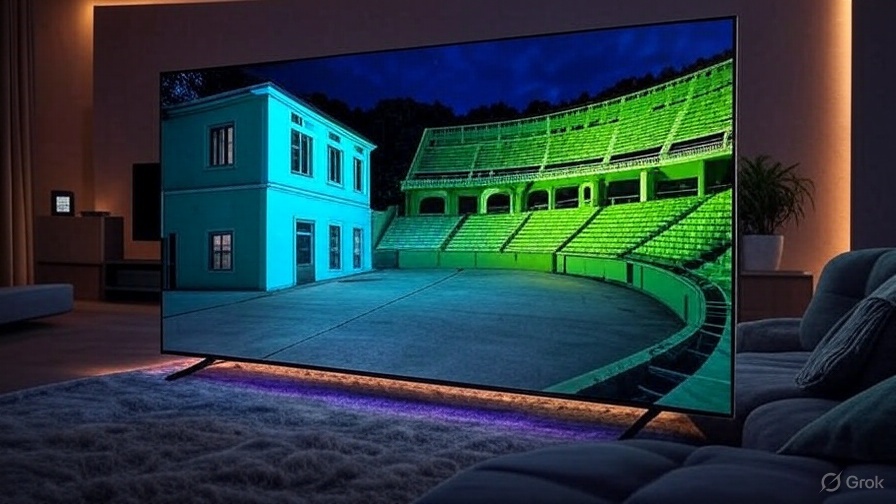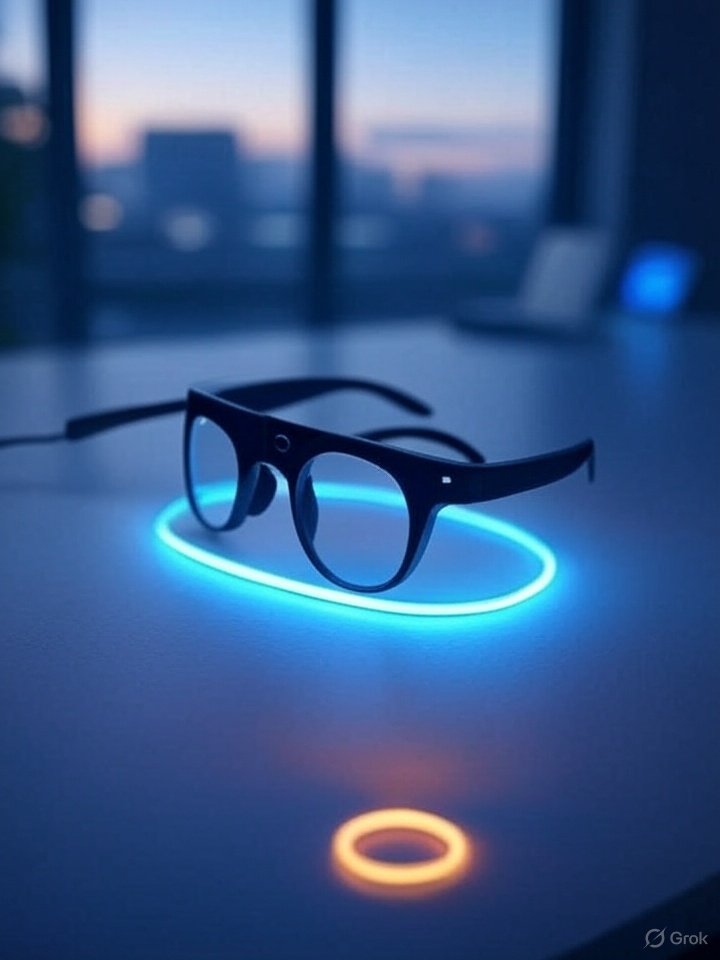
Samsung's $30K Micro RGB TV Is a Glimpse Into the Future of Displays
Samsung’s latest 114.5-inch, $30,000 “Micro RGB” TV isn’t quite Micro LED, but it could be the bridge display enthusiasts have been waiting for. With a unique RGB backlight and ultra-small diodes, this next-gen tech pushes color accuracy and brightness further than traditional Mini LED, without the eye-watering $150,000 price tag of true Micro LED.
A New Middle Ground Between Mini LED and Micro LED
Micro LED has long been considered the holy grail of display technology, but it’s still years away from being widely available—or affordable. Samsung’s new Micro RGB TV aims to fill that gap. At 114.5 inches and $30,000, it’s not exactly living-room ready for most buyers, but the technology behind it offers a look at what the next generation of premium displays could look like.
Unlike true Micro LED, which uses self-emissive pixels for perfect contrast, the Micro RGB still relies on a backlight. But this isn’t your typical backlight. Instead of the usual blue or white LEDs filtered into colors, Samsung’s design employs tiny red, green, and blue LEDs directly in the backlight. This allows for precision control over colors and local dimming zones—reportedly four times as many as Samsung’s own Mini LED flagship, the 115-inch QN90F.
First Impressions: Dazzling Color, Imperfect Contrast
Seeing the Micro RGB in action left a clear impression: color is where this display shines. In demo reels, the TV showed shades of teal, lime green, and pinkish-red that are rare—even on the priciest OLED or Mini LED sets. Samsung claims the set covers 100% of the BT.2020 color space, surpassing the more common DCI-P3 standard.
Gradients appeared buttery smooth, with no visible banding during sunset scenes. The TV even gave paintings on-screen a textured, almost canvas-like quality.
That said, the Micro RGB can’t quite escape its LCD roots. Blacks aren’t as deep as OLED or Micro LED, and contrast still lags behind the best self-emissive displays. Blooming was kept impressively minimal during the demo, but remains a potential weak spot for the tech.
Why This Matters
While $30K puts the Micro RGB firmly in the “showroom only” category, its RGB backlight tech could shape the future of premium TVs. It offers many of the advantages of Micro LED—wide color gamut, precise lighting control, and higher brightness—at a fraction of the cost.
Samsung isn’t alone here. Sony and Hisense are developing similar RGB LED backlight technologies, with consumer models expected by 2026. The industry seems to agree: this is a meaningful step toward better LED-LCD displays.
The Bigger Picture
Samsung insists there’s room in the market for QLED, OLED, Mini LED, Micro RGB, and Micro LED, catering to different needs and price ranges. The company also hinted at a future global rollout in multiple sizes, meaning this tech might eventually reach living rooms at more approachable price points.
For now, the Micro RGB TV isn’t the Micro LED breakthrough display fans have been dreaming of—but it’s an impressive evolutionary step that proves LED-LCD isn’t done innovating yet.


